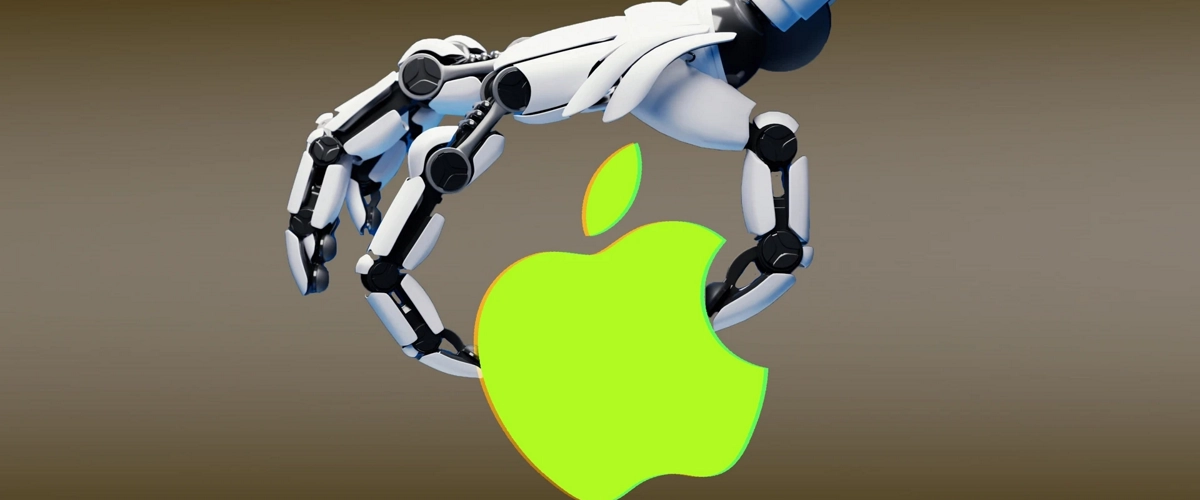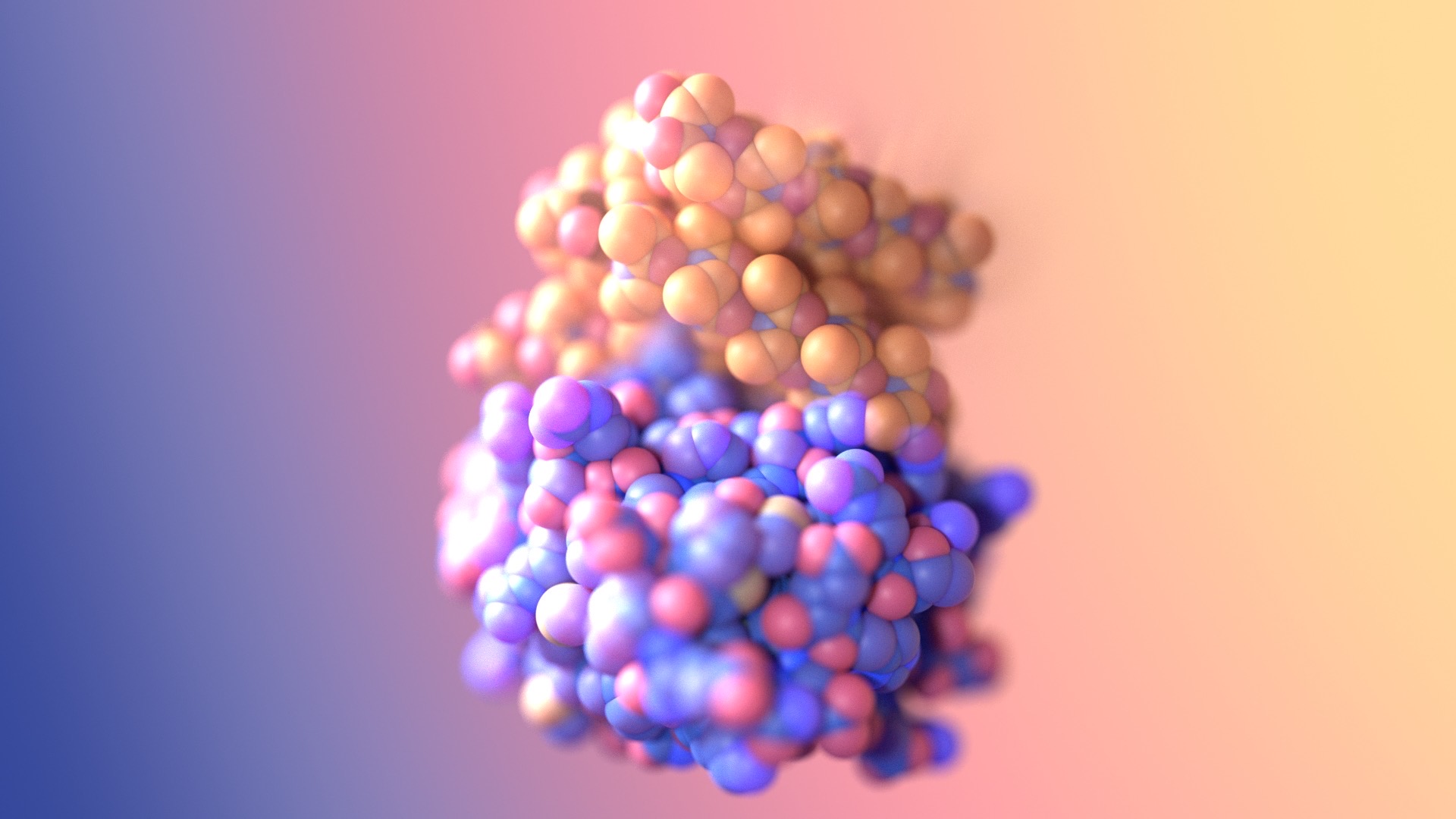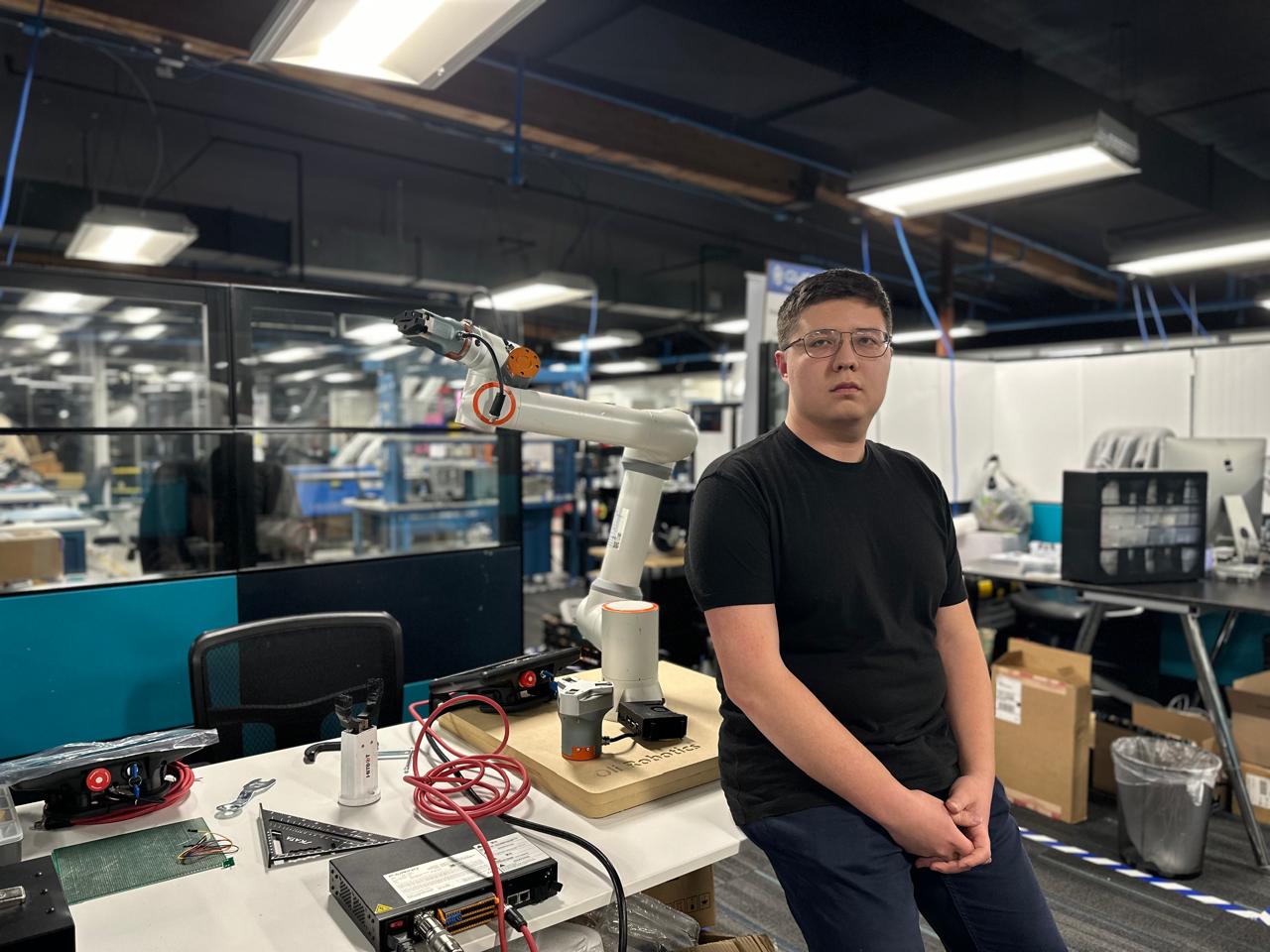Apple’s Robotics Ambitions
Apple has entered the robotics race, exploring both humanoid and non-humanoid designs. Analyst Ming-Chi Kuo reports that Apple’s robotics project is in its early conceptual phase, with mass production expected no sooner than 2028.
Rather than focusing on lifelike humanoid robots, Apple is investing in sensor technology and artificial intelligence. This approach suggests a strategy aimed at creating intelligent home assistants rather than mechanical human replicas.
A Smart Home Revolution?
Unlike Tesla and Boston Dynamics, which are developing full-fledged humanoid robots, Apple seems to favor practical home automation solutions. One rumored concept is a robotic lamp, similar to Pixar’s Luxo Jr., which could interact with users through advanced AI rather than physical dexterity.
Apple envisions a future where robots seamlessly integrate into daily life, enhancing smart home ecosystems rather than replacing human labor. This strategy aligns with its expertise in user-friendly interfaces and AI-driven automation.
Challenges: Price and Market Readiness
Apple is notoriously cautious when entering new markets. The failure of Apple Car and the mixed reception of Vision Pro likely influence its measured approach to robotics.
One of the biggest hurdles is cost. If Vision Pro’s $3,500 price tag raised eyebrows, a sophisticated home robot could be even more expensive. To gain widespread adoption, Apple must balance affordability, functionality, and ease of use.
Why Apple Is Open About Robotics
Unlike its usual secrecy around new projects, Apple appears surprisingly transparent about its robotics research. This may be a strategic move to attract top AI and robotics talent.
According to TechCrunch, robotics companies struggle to hire skilled engineers amid rapid AI advancements. By publicly sharing research, Apple positions itself as a leader in the field, making it an attractive employer for industry experts.
Can Apple Compete in the Robotics Market?
Apple faces stiff competition from Tesla, Agility Robotics, Boston Dynamics, Figure AI, and Unitree Robotics—all pushing the boundaries of humanoid robotics.
However, Apple’s strength lies in user-friendly AI, seamless ecosystem integration, and premium hardware. If it can deliver an intuitive, AI-powered home assistant, Apple could redefine the future of smart living.
Would you buy an Apple home robot?






